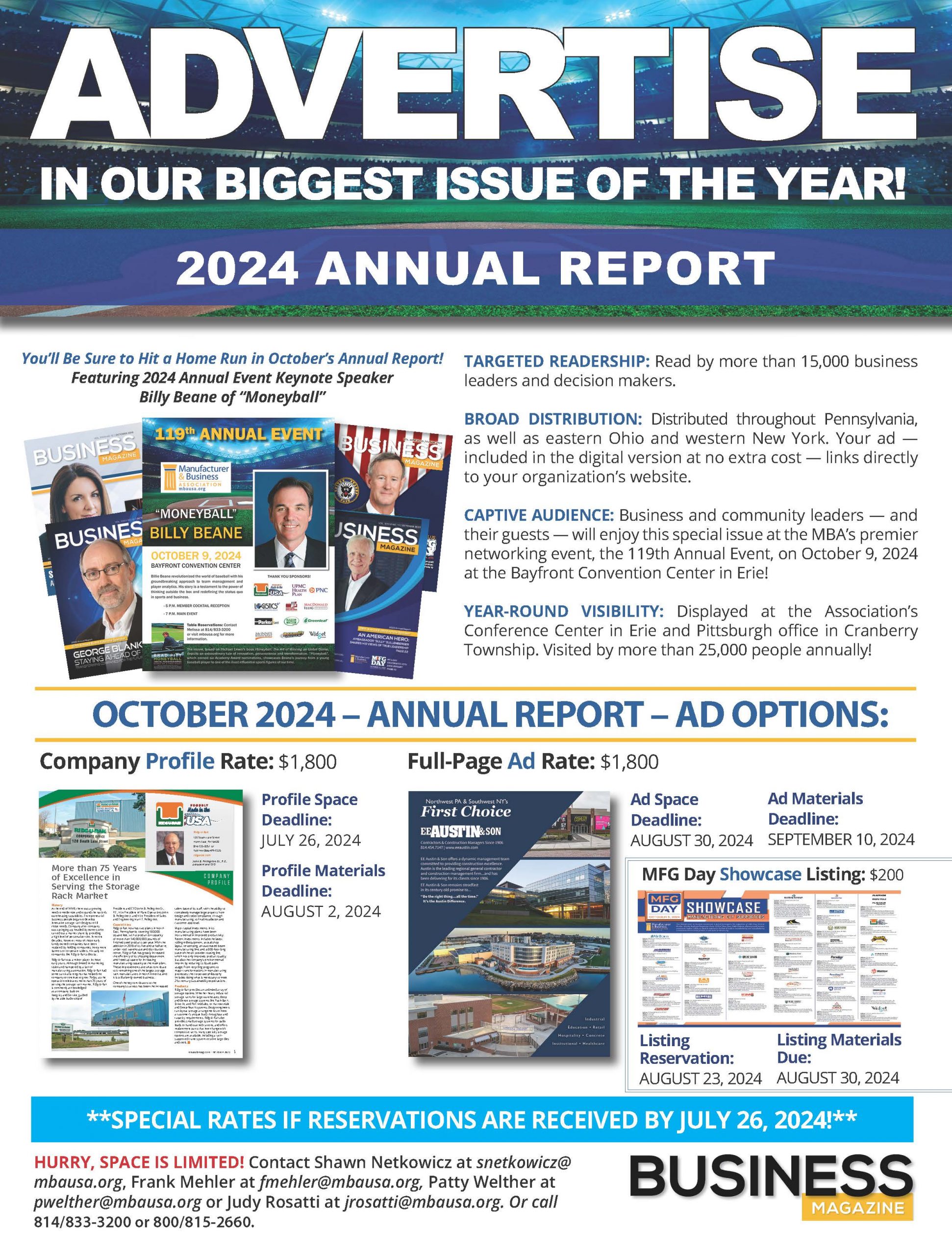Adam Long is a member of the Labor & Employment practice group at McNees Wallace & Nurick LLC in Harrisburg. He represents employers in single plaintiff and class-based employment litigation matters and before various governmental agencies, including the Equal Employment Opportunity Commission, the Pennsylvania Human Relations Commission, and the National Labor Relations Board.
For much of 2016, employers and HR professionals were focused on preparing for the new Fair Labor Standards Act white-collar overtime exemption regulations. The Department of Labor (DOL) issued the final regulations on May 18, 2016, with an effective date of December 1, 2016.
As you may remember, the new regulations more than doubled the minimum weekly salary requirement for most white-collar overtime exemptions from $455 to $913. The new regulations contained a number
of additional provisions, the vast majority of which were not viewed favorably by employers.
And then, right before Thanksgiving, everything came to a screeching halt. A federal district court issued on November 22, 2016, a nationwide preliminary injunction blocking the new FLSA white-collar overtime exemption regulations from taking effect on December 1. Few anticipated the issuance of an injunction blocking the regulations, much less one a mere eight days before the regulations were set to take effect. Happy Thanksgiving, indeed.
You may have noticed that there hasn’t been much of an update on this issue since the issuance of the injunction in November 2016. That is because, frankly, not much of note has happened, either in the litigation in which the injunction was issued or regarding the issue in general.
As expected, the Department of Labor filed an appeal of the preliminary injunction on December 1, 2016. The DOL initially sought to fast-track the appeal, asking the Fifth Circuit Court of Appeals for an expedited briefing schedule. The motivation for this strategy was obvious. The DOL’s leadership was set to change with the inauguration of Donald Trump in January, and the best hope for the new regulations was to have the injunction overturned before this change in leadership could affect the DOL’s litigation strategy.
The DOL’s strategy initially was successful, with the Fifth Circuit agreeing to an expedited briefing schedule, with all briefs regarding the appeal set to be filed by February 7, 2017. However, on January 25, 2017 (that is, shortly after the Trump administration took office), “the DOL asked the Fifth Circuit for an extension of time to file its reply brief “to allow incoming leadership personnel adequate time to consider the issues.” The Fifth Circuit ultimately agreed to extend the deadline for the DOL to file its reply brief until May 1, 2017.
Meanwhile, the federal district court that issued the preliminary injunction in November is still considering a summary judgment motion that could result in a final order being entered in that case. Also, a motion filed by the Texas AFL-CIO in December 2016 to intervene as another defendant in the case also remains pending before that court. The AFL-CIO sought to intervene because of its fear that the DOL’s new leadership will decide to cease defending the challenged regulations.
Time is not on the side of the currently enjoined FLSA overtime exemption regulations. As the appeal of the injunction drags on, the likelihood of the Trump administration DOL withdrawing the appeal and abandoning the fight to defend the regulations grows. If it does so, the injunction likely will become permanent, placing the final nail in the coffin of the controversial regulations.
So, as we have been saying for months, stay tuned.












